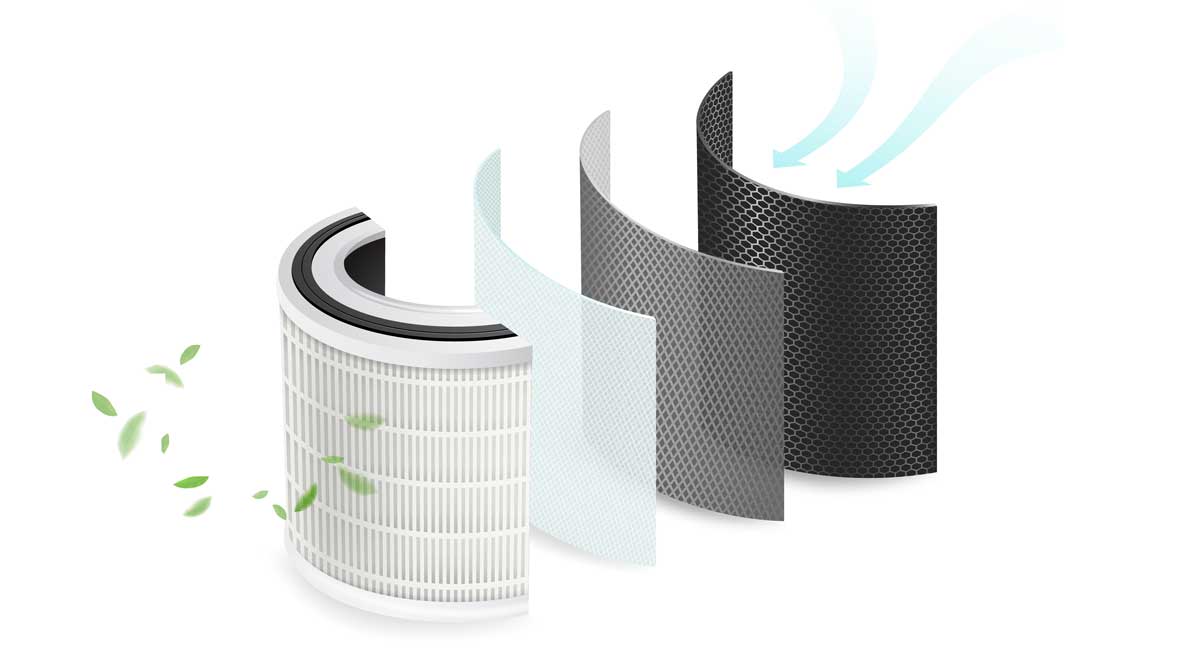Did you know that until the late 1800s, aluminum was a semi-precious metal comparable to silver? Aluminum, though technically abundant in the earth’s crust, is made from a brown rock called bauxite. For millennia, everyone from the Persians to the Egyptians used naturally-occurring aluminum for things like pottery, dyes, and medicines.
For hundreds of years, aluminum was costly to produce, made from reacting metallic sodium with aluminum chloride. In fact, it was so elusive that a 6-pound pyramid of aluminum was used to ceremoniously cap the Washington Monument when it was built in 1884!
The Ohioan and the Aluminum
Charles Hall, an Oberlin, Ohio, native obsessed with experimentation from a young age, began tinkering with aluminum compounds as a junior at Oberlin College in 1880. Collaborating with scientist Frank Fanning Jewett, Hall eventually developed a way to use electricity to reduce usable aluminum, although the process was cumbersome and costly. It wasn’t until after his graduation that Hall began experimenting with sodium aluminum fluoride as a solvent; Hall passed electric current through a solution of oxide in molten sodium aluminum fluoride (cryolite) using a graphite crucible, resulting in scant amounts of shiny aluminum metal.
In July of 1886 after several more successful rounds using the electric current method, Hall applied for a patent. Interestingly, a French scientist named Paul L.T. Héroult nearly simultaneously came up with a similar system, applying for a patent in a similar timeframe. Alas, it was Hall whose notes and eyewitness accounts of discovery eventually came out on top.
Aluminum as a Prized Commodity
Although it may seem strange that two scientists came up with the same technique at almost the same time, it’s important to note that finding a commercial process was a prime target for investors. It didn’t take long – only about two years – for Hall to found the Pittsburg Reduction Company in nearly Pennsylvania, perfecting his method and officially commercializing aluminum. By the time 1893 rolled around, the price of aluminum had dropped to 78 cents per pound from nearly $5 per pound only five years earlier. In a matter of decades, aluminum became one of the most important components of American manufacturing, construction, and refinement industries.
In 1911, Hall became the fifth recipient of the Perkin Medal, and upon his death just a few years later bequeathed much of his wealth to educational institutions across the country.
Noah Chemicals is proud to be an American provider of aluminum compounds, solutions, and alloys. We work with research institutions and commercial manufacturers across the globe to provide on-time, readily-available shipments of organizationally-approved chemical products. Contact our team today to find out how we can streamline your process.




